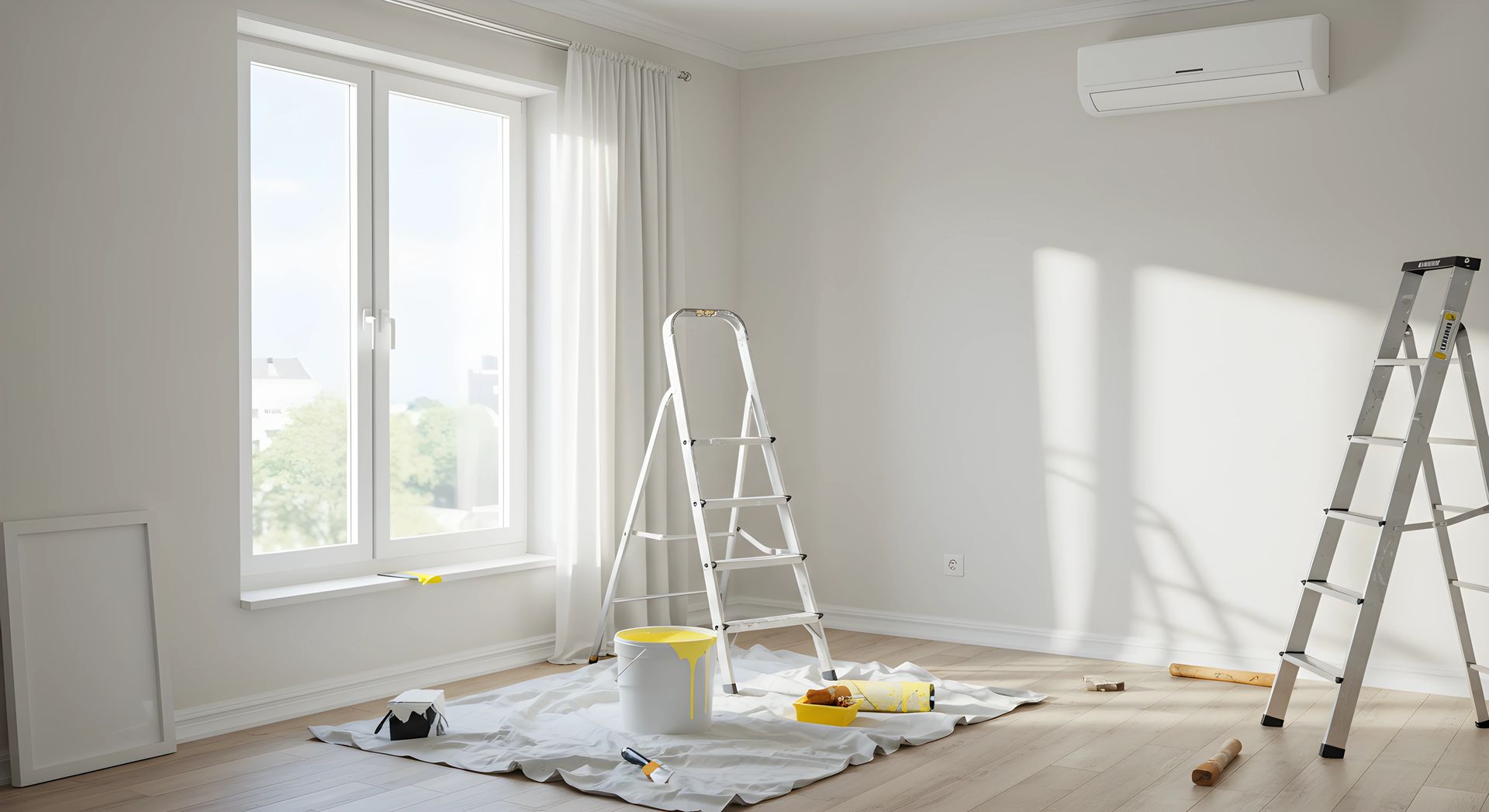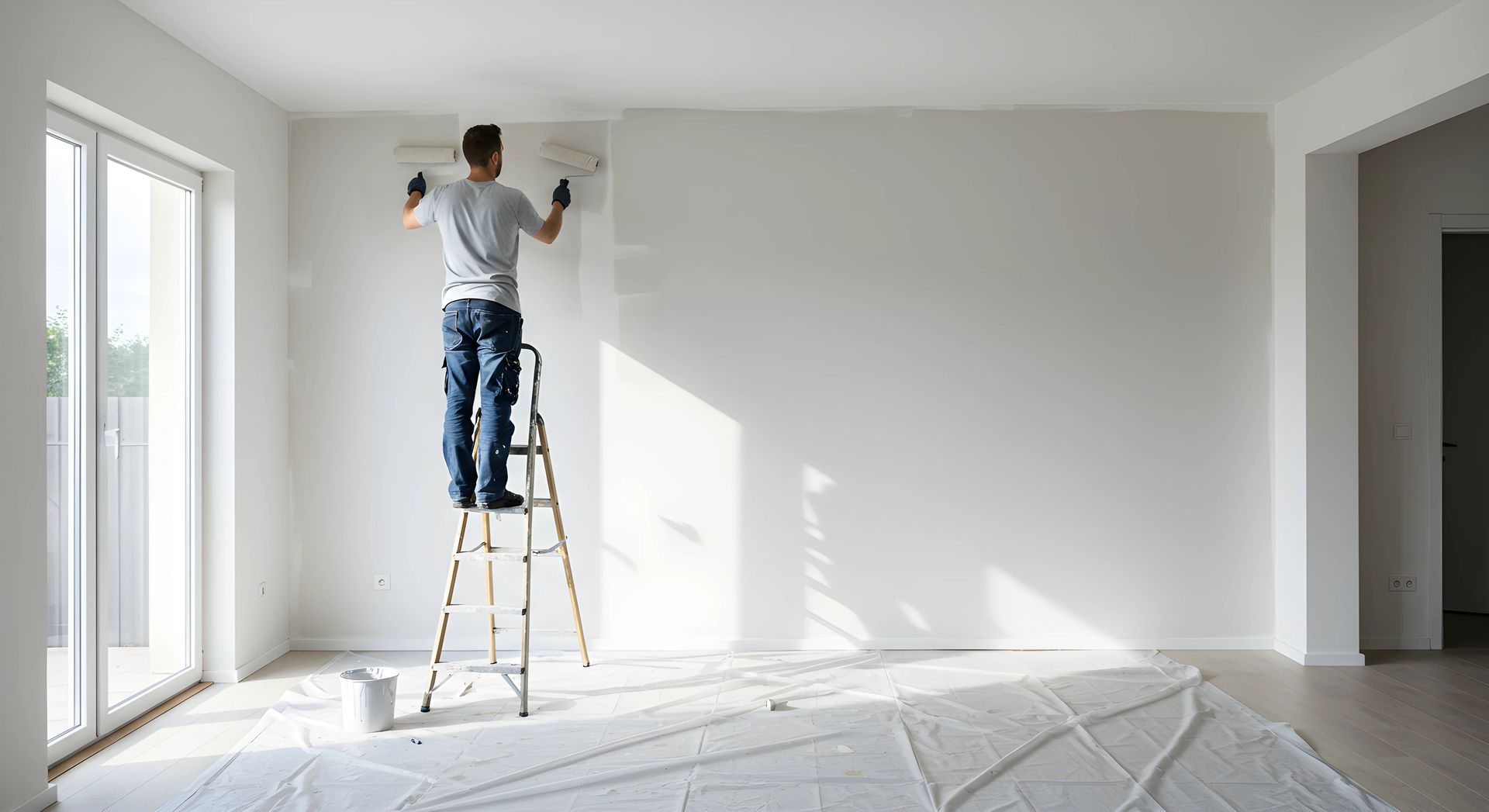Essential Considerations for Successful House Painting Projects
Starting a house painting
project can be an exciting yet daunting task. Whether you're looking to refresh the interior or exterior of your home, careful planning and attention to detail are essential. This guide will explore key factors to consider when painting your home, from selecting the perfect paint colors to preparing surfaces and executing the project with the right tools and techniques.
Selecting the Perfect Colors for Paint
Choosing the right paint colors is important for creating the desired atmosphere in your home. Think about what you're looking to attain and how different colors will complement your existing decor. Additionally, consider the lighting in each room, as natural and artificial light can greatly impact how colors are perceived.
Surface Preparation
Properly preparing surfaces before painting is vital for a successful paint job. Clean the surfaces thoroughly to remove dirt, dust, and other typ of grime. Any holes or cracks must be sanded the surfaces to produce a smooth base for the paint. Applying a primer before painting can ensure better adhesion and durability of the paint.
Selecting the Paint That's Right For You
Picking the right kind of paint is importantfor achieving a professional finish. Consider whether you need interior or exterior paint and the desired finish (e.g., matte, satin, gloss). Water-based paints are usually easier to clean up and have less odor than oil-based paints, but they may not be as durable in certain situations.
Gathering the Necessary Tools and Supplies
The right tools and supplies are important for a successful paint job. Basic items include brushes, rollers, painter's tape, drop cloths, and a ladder. Depending on the size and scope of your project, you may also need additional tools, such as paint sprayers or extension poles.
Applying the Paint
Applying proper techniques are critical in achieving a professional finish. Start by cutting around edges and trimming with a brush, then use a roller to fill in larger areas. Work in small sections, and blend the wet paint with the previously painted areas to avoid visible seams.
Allowing for Proper Drying Time
When painting has been completed, allow the paint to dry properly. Depending on the type of paint and environmental conditions, this can take anywhere from a few hours to a few days. To prevent smudges or damage, avoid touching or placing objects on painted surfaces until the paint is fully dry.
Maintaining Your Painted Surfaces
Proper upkeep can help prolong the life of your paint job. Regular cleaning with detergent and water can remove dirt and grime while avoiding harsh chemicals, and abrasive cleaners can protect the paint finish. Additionally, inspect your painted surfaces regularly for signs of damage and address them promptly.
By considering these key factors and following proper painting techniques, you can achieve professional-quality results that enhance your home's beauty and value. Whether you're painting a single room or the entire exterior, careful planning and attention to detail will ensure a successful outcome.



